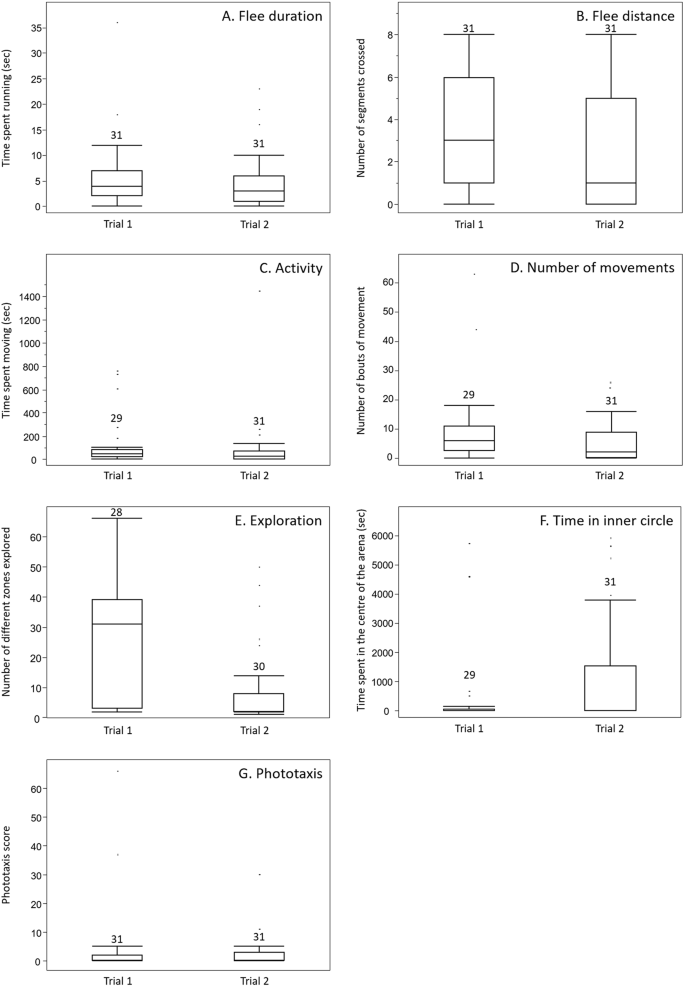


However, even the notochord would be a less fundamental criterion than aspects of embryological development and symmetry or perhaps bauplan.


That would at least circumscribe the Chordata. In the more formal taxonomy of Animalia other attributes that logically should precede the presence or absence of the vertebral column in constructing a cladogram, for example, the presence of a notochord. The Vertebrata as a subphylum comprises such a small proportion of the Metazoa that to speak of the kingdom Animalia in terms of "Vertebrata" and "Invertebrata" has limited practicality. "Invertebrata" is a term of convenience, not a taxon it has very little circumscriptional significance except within the Chordata. Each of these terms describes a valid taxon, phylum, subphylum or family. The term invertebrates is not always precise among non-biologists since it does not accurately describe a taxon in the same way that Arthropoda, Vertebrata or Manidae do. The jointed aspect of vertebra is derived from the concept of turning, expressed in the root verto or vorto, to turn. The word "invertebrate" comes from the Latin word vertebra, which means a joint in general, and sometimes specifically a joint from the spinal column of a vertebrate. This makes the invertebrates paraphyletic, so the term has little meaning in taxonomy. Some so-called invertebrates, such as the Tunicata and Cephalochordata, are more closely related to vertebrates than to other invertebrates. Invertebrates vary widely in size, from 50 μm (0.002 in) rotifers to the 9–10 m (30–33 ft) colossal squid. Many invertebrate taxa have a greater number and variety of species than the entire subphylum of Vertebrata. The majority of animal species are invertebrates one estimate puts the figure at 97%. Familiar examples of invertebrates include arthropods ( insects, arachnids, crustaceans, and myriapods), mollusks ( chitons, snail, bivalves, squids, and octopuses), annelid ( earthworms and leeches), and cnidarians ( hydras, jellyfishes, sea anemones, and corals). This includes all animals apart from the subphylum Vertebrata. Invertebrates are animals that neither possess nor develop a vertebral column (commonly known as a backbone or spine), derived from the notochord. All animal groups not in subphylum Vertebrata such as:.Examples of invertebrates from different phyla clockwise from top-left: Chrysaora fuscescens (a cnidarian), Drosophila melanogaster (a arthropod), Caribbean reef squid (a mollusk), and Hirudo medicinalis (a annelid).


 0 kommentar(er)
0 kommentar(er)
